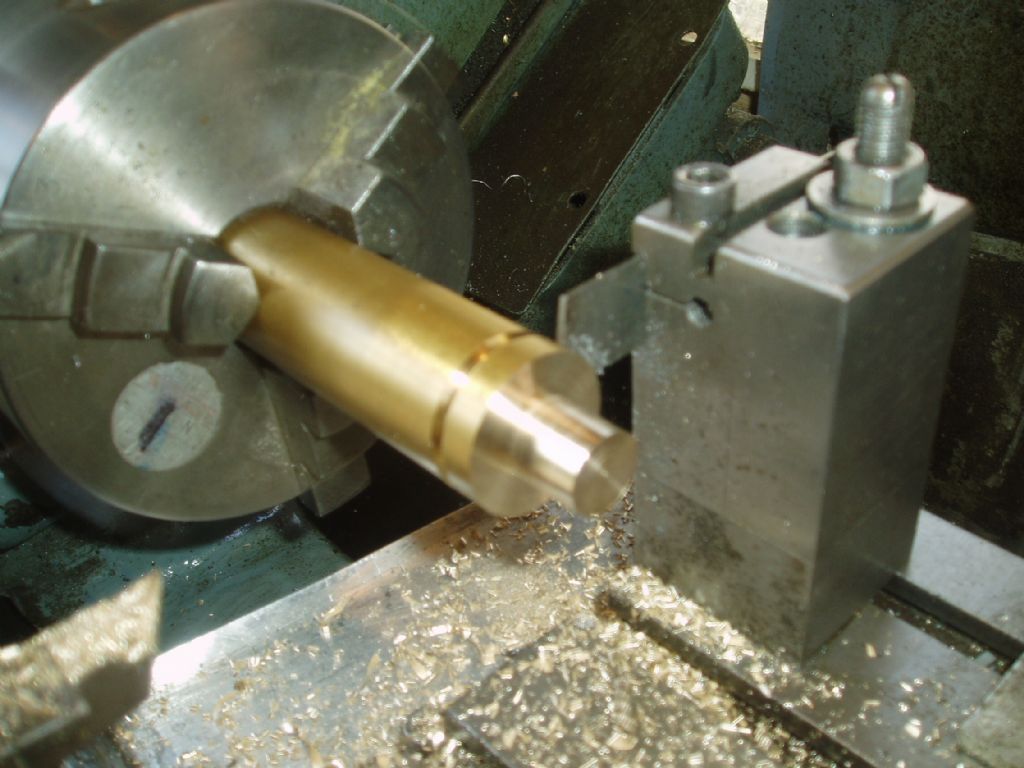Hi michael,
The issue of parting off with Myfords (and probably other small lathes) is well covered on the Myfords website
here. Their theory coincides with my own except the position of the rotation centre of the front mounted toolpost but that’s another story. I also have an extension of the idea due to the forces involved and a little analysis will make clear my ideas. I hope. I apologise for the length of the post and hope that it is not too boring.
Every lathe has some play in the headstock bearings, no matter how little, it is there, and there will be some flexibility in the tool (absolute rigidity is impossible) as well as some flexibility in the workpiece, metal unfortunately is flexible. it may be minute movement but the effects of all these are cumulative. As I see it, the front mounted tool will tend to be forced downwards while the work is trying to climb the tool. Even if the tool is set exactly on centre before parting these effects will tend to force the tool below centre as the work progresses. There will then be a forward component to the forces acting on the tool pulling it into the work and the backlash present will allow the tool to tend to move forward, into the workpiece.
As the diameter of the workpiece decreases the forward pull increases as does the tendency of the work to climb and the tool to be forced down. Eventually the tool tries to submarine below the work into a restricted space between the work and the cross slide. It jams, causes problems and then the ‘bang’ we have all dreaded, a broken tool and possibly damaged workpiece as a consequence.. That is why large diameter work such a 100mm dia tubing etc is relatively easy to part off, because these effects are minimised at the larger diameter, it is as the cut progresses and the work gets smaller that the effect increases. I.e. the smaller the diameter the greater tendency to climb and the forward, pulling force acting on the tool increases and the tool submarines.
With a rear toolpost as the flexibility allows the tool to be forced upwards it is pushed away from the work due to the position of the centre of rotation of the toolpost. hence less jamming. It is also mounted directly onto the cross slide and not on the compound and the latter allows more movement due to the two sets of dovetails.
If you have difficulty visualising, imagine a 100mm cube of wood as a toolpost, knock in a nail towards the top of one side so that 20 mm are protruding to represent the tool, and then press down on the end of the nail and imagine the movement, this is the action of the front toolpost, now lift the nail at the end and this is the action of the rear toolpost. Both are greatly magnified of course, but it doesn’t take much imagination to understand the consequences of these movements.
This is basically similar to the analysis of G H Thomas with some of my own observations and analysis added, I look forward to sensible debate and comments on these ideas.
Terry
Edited By Terryd on 16/01/2011 22:20:43
John Coates.





